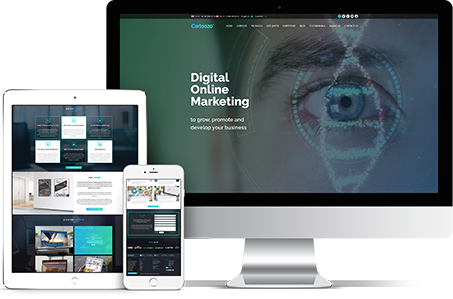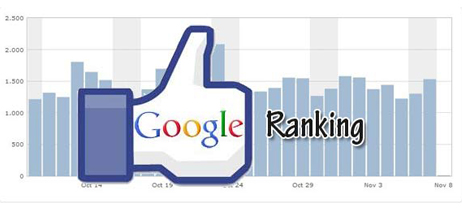Social media is the most powerful platform for business owners. It is a major driving force behind business decisions and operations.
Social media platforms make you identify emerging market trends and new growth opportunities as well as improve customer service. Therefore, businesses must hire an experienced social media specialist to outperform their competitors.
However, hiring a
social media specialist is the most daunting task; businesses must choose the one who can handle everything meticulously. He or she should understand the technical aspects of different social mediums.
Here are a few qualities that a social media specialist should possess:
- Multidisciplinary - Social media is multidisciplinary; therefore, a social media specialist should understand different social media networks and plan accordingly.
- Audience Oriented – Audience oriented social media campaigns are the need of the hour. So, a social media specialist should be capable of solving clients’ problems.
- Communication Skills - A social media specialist can’t do without good communication skills and an in-depth knowledge of the industry. This will enable them to handle all the disciplines professionally.
- Creative – Your social media specialist should be innovative, creative and open minded. He/she should know how to create buzz, should understand the process of content writing as well as distribution.
- Proactive – Your specialist should be proactive and intelligent. He/she should be able to handle audiences and engage new prospects on different social media platforms.
- Experience - A good specialist can handle all the technicalities of social sites. Experienced specialists can easily develop their strategies according to the social sites for the maximum possible reach.
- Analytical mind – An expert should have the ability to analyse reports. He/she should be able to evaluate and measure the performance of social media posts against business goals.
Besides that, organisational skills, an acute sense of time management, patience, and sense of responsibility are the key factors when it comes to handling social media. So, hire a suitable candidate to improve your social presence.
Quick tips:
- Always create meaningful content and a strong brand personality on social sites.
- Identify relevant hashtags and industry influencers.
Quick facts:
- 91% of retail brands use 2 or more social media channels.
- Facebook Messenger and Whatsapp handle 60 billion messages a day.
- Pinterest has 100 million monthly active users to date.
- Instagram has 300 million active users.
- Facebook has 1.71 billion monthly active users.
- YouTube has 1 Billion active users each month.














